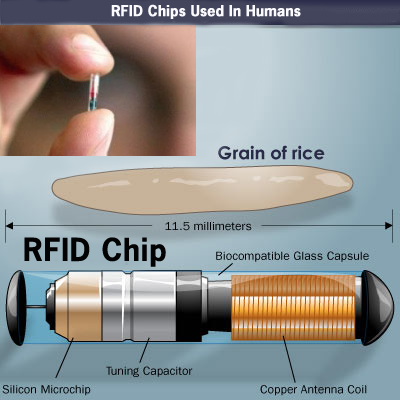By the use of RFID, it is necessary to know that there is security and privacy risks and it is addressed by both organizations and individuals. RFID tags, they are the only no, listen, to be able to respond, are considered "dumb" device Who transmits a request signal in question. This, launched a risk of unauthorized access, Modification of the tag data. In other words, tags that are not protection is likely to be vulnerable to Eavesdropping, traffic analysis, spoofing and denial of service attacks. We will continue to look at each Order to of these:
Eavesdropping (or skimming) Radio signal is transmitted from the tag, the reader is able to detect several meters Other by radio receiver away. It is possible that an unauthorized user to gain If legitimate transmission to access data contained in the RFID tag is not correct Protected. Person having a unique RFID reader that can query the missing tag Appropriate access control, to intercept the contents of the tag.
Traffic analysis
Even if the tag data is protected, in order to track predictable, it is possible to use a traffic analysis tool Over a period of time, tag response. It is possible to build a picture of that analyzing and correlation to the data Exercise, social interaction and financial transactions. Abuse of traffic analysis Will give a direct impact on privacy.
Spoofing
Based on the data collected from eavesdropping and traffic analysis, it is possible, I run the tag spoofing. For example, the software package is executed, "RFDump", and is known as 11 The notebook personal computer or portable information terminal, allows the user to perform a read, or If they are not properly protected and write tasks on most standard smart tag. SoftwareA parody of the data I will allow the intruder to overwrite the existing RFID tag data. By To valid spoofing Tag intruder trick RFID system, it is possible to change the ID of the tag acquired There is a fraud or not detected advantage. One example is trying to save money by purchasing Expensive goods that had their RFID price tag has been disguised to display the cheap price
As RFID has been used increasingly in the fields of retail and manufacturing, RFID tagging of products of popular items such as level of such clothing and electronics raise Public concerns about personal privacy. People are concerned about how their data is Whether they are subject to more direct marketing, or whether they could have been used Physically tracked by RFID chip. For individual identity, which can be coupled to a unique RFID Tag, individuals are profile and can be tracked without their knowledge or consent. Because they are, for example, washing clothes with a RFID tag, does not remove the chip It is designed to withstand a year of special wear. It is possible that all And individual shopping, given a specified number, owns are tracked, even of individual Products, as far as the RFID tag is embedded, leave the store. RFID reader can They detect the presence of sufficiently closer these RFID tags to receive signals.




